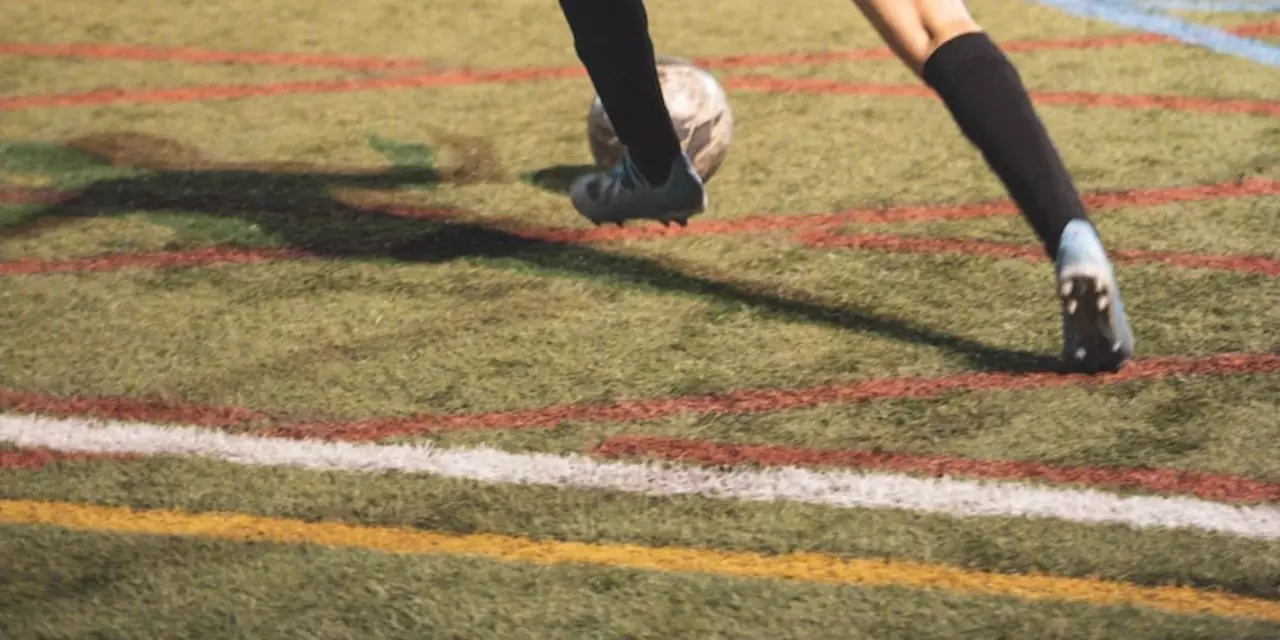Sports Analysis: Simple Tips for Understanding Football Tactics
Ever wonder what makes a team click on the pitch? It’s not just talent – it’s how the coach arranges the players and what each role really does. In this guide we break down the basics so you can watch a match and actually get why things happen.
What is a full‑back and why does the name feel strange?
The word "full‑back" sounds like a single defensive position, but in reality it covers two jobs. A full‑back must stop attacks like a defender and also push forward to help the midfield. That dual duty makes the name feel odd – it’s not just one back, it’s a back who does a full set of tasks.
Think of a full‑back as a hybrid. When the opposition attacks, they drop deep, block crosses, and win duels. When their team gains possession, they sprint up the wing, deliver passes, and sometimes even take a shot. This back‑and‑forth action is why the role is so valuable in modern soccer.
How the full‑back fits into common formations
Most teams use a 4‑3‑3 or a 4‑2‑3‑1 shape. In these setups you’ll see two full‑backs on the sides of the back line. They stay wide, keep the ball in the opponent’s half, and give the wingers space to cut inside.
If a coach shifts to a 3‑5‑2, the traditional full‑backs become wing‑backs. Their attacking responsibilities increase even more, while three central defenders handle most of the defensive load. Knowing this helps you spot why a player might seem more offensive in one match and more defensive in another.
Beyond the full‑back, other roles also shape a team’s style. A defensive midfielder sits in front of the back line, breaking up passes and starting attacks. A false nine drops deep to pull defenders out of shape, opening space for wingers. When you learn what each position aims to do, the chaos of a game turns into a clear pattern.
So, how can you use this info while watching? Start by picking a player in a specific role – say the right‑back – and follow just them for five minutes. Notice when they stay back, when they sprint forward, and how they link up with the right winger. You’ll quickly see the balance they try to keep.
Another simple trick: watch the team’s shape when they lose the ball. Do the full‑backs drop quickly, forming a compact line with the center‑backs? Or do they stay high, forcing the opponent to play wide? This tells you whether the coach prefers a high press or a deeper defense.
Understanding these patterns also helps you improve your own game. If you play as a full‑back, practice both tackling and crossing. Learn to read when to join the attack and when to fall back. Train your stamina – the role demands constant up‑and‑down movement.
Finally, remember that language evolves. Some fans now call full‑backs "side‑backs" or "wing‑backs" depending on the system. The key is not the label, but the tasks they perform on the field.
Next time you watch a match, keep an eye on those dual‑role players. Spotting how they balance defense and attack will give you a deeper appreciation of the game and maybe even a few ideas for your own play.

Is the term 'full-back' in football (soccer) a bit odd?
The term 'full-back' in soccer is an unusual one, as it implies that the position is completely occupied by one player. The reality is that the full-back position is actually a combination of two roles: a defender and a midfielder. The full-back must both defend the goal and support the attack, making them one of the most important players in the team. They must also have good technical ability, tactical awareness, and the ability to read the game quickly and accurately. The full-back is an essential part of any successful team and is often one of the key players in terms of providing stability to the team's defense and attack.
More Detail